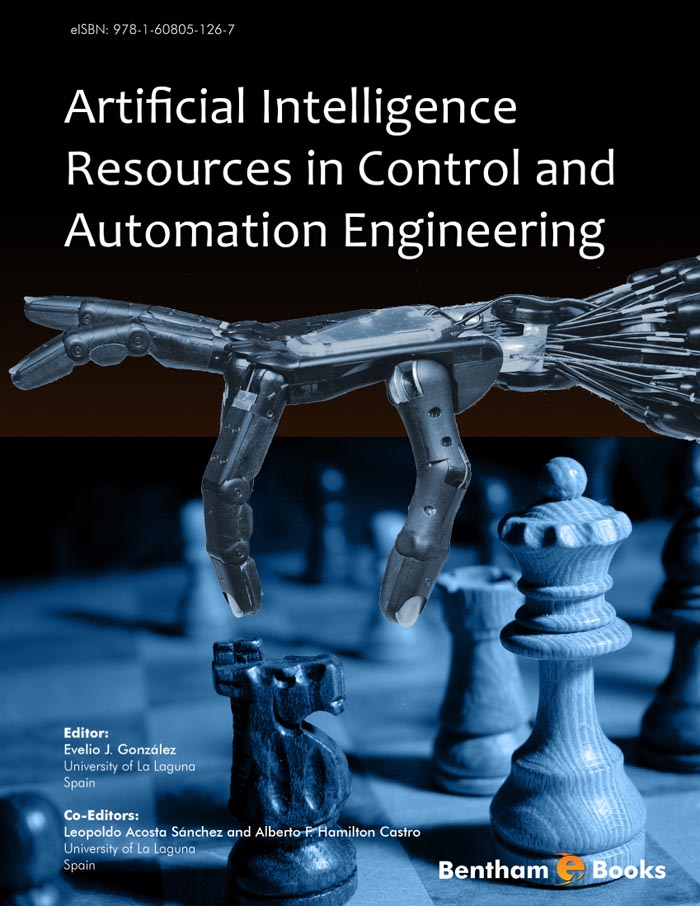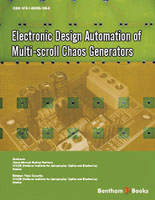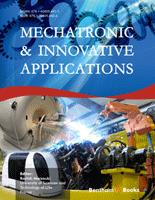Preface
This book series focuses on the application of Artificial Intelligence resources in fields related to Control and Automation Engineering. These resources (involving techniques such as neural networks, fuzzy logic, expert systems and others) have become a key tool for those researchers and engineers who need powerful answers to a wide range of problems. The book series pretends to be a survey guide for those people, presenting them with practical examples of real cases where those techniques have been successfully applied. This way, it is hoped that researchers will find new ideas to apply in their own systems.
The focus of this book, then, lies in practical applications and real systems, where the combination of AI and Control and Automation Engineering techniques have been shown to be a powerful tool.
Some significant research on the application of these techniques has been included in this book. Allaoua and Mebarki describe the design of an intelligent controller for a DC motor drive using the Particle Swarm Optimization (PSO) method for create the optimal Proportional-Integral-Derivative (PID) controller alteration parameters.
Chetouane introduces the problem of controlling a wheel inverted pendulum (IWIP) system using fuzzy logic techniques. Fleurym Jammeh and Ghanbari introduce the control problem faced when designing a fuzzy logic congestion controller in terms of the restrictions of a compressed video bitstream and the uncertainties that affect congestion control. Ben Hamed Mouna and Sbita Lassaâd present the application of fuzzy logic and neural networks in motor drive systems, in particular, artificial neural network speed sensorless fuzzy control both in scalar and vector control of induction motors. The research by Mailah and Pitowarno concerns the application of a novel and robust intelligent Active Force Control (AFC) based strategy to control a differentially-driven wheeled Mobile Manipulator (MM) system with nonholonomic constraint.
Tirian describes a new control method, based on fuzzy logic, for avoiding cracks inside the crystallizing apparatus in continuous casting of steel. Yao et al. develop a demand-control system with an intelligent predictor to manage the electric facility online using Taguchi’s and rolling modeling methods of artificial neural networks. Finally, Espelosín et al. have developed an application for a dynamic matrix control algorithm: path tracking using predictive control.
As editors, we would like to thank these authors for their valuable contributions to the field of Control and Automation Engineering.
Evelio J. González, Leopoldo Acosta and Alberto F. Hamilton
University of La Laguna
Spain




